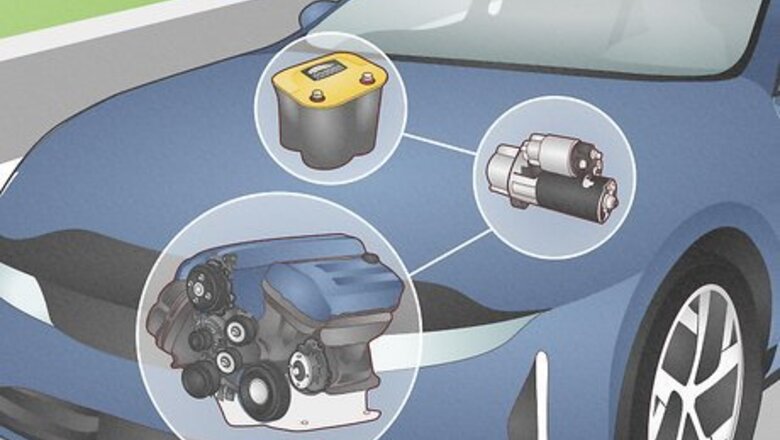
views
- Jump the battery first before you presume the starter has gone bad—the odds are very high your battery simply lost its charge.
- If you have a manual transmission, push-start your car to bypass the starter and get the engine started.
- If you have an automatic transmission, gently tap on the starter repeatedly with a hammer or piece of scrap wood. This should knock debris or corrosion loose so you can start the car.
What is a starter?
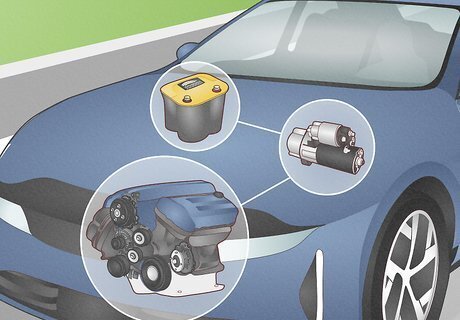
The starter pulls charge from the battery and sends it to the engine. You’ve got a battery full of electrical energy, and then you’ve got an engine that needs that energy to start. How does the energy get from point A to point B? The starter! Symptoms your starter is bad include: No noise coming from your engine when you turn the key. Intermittent problems starting the engine. Clinking, grinding, or whirring noises coming from the engine bay. Smoke appears when you crank the engine repeatedly.
How to Start a Car with a Bad Starter
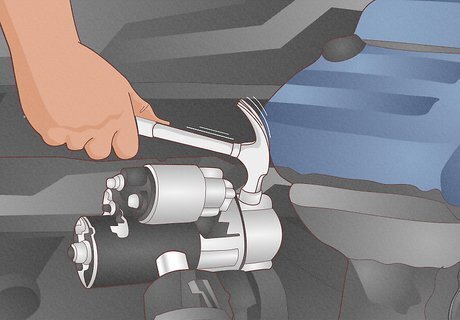
Tap the starter with a hammer or piece of wood to loosen it up. Pop the hood and look between the transmission and the engine on the driver’s side of the engine bay. The starter is the small device that looks like two cylinders stacked on top of one another (it kind of resembles a fishing pole reel). Gently tap the starter from multiple angles with a tiny hammer or scrap block of wood. Then, try starting the vehicle. If your starter is just corroded or there’s debris inside keeping the starter from functioning correctly, tapping on the starter may knock the corrosion/debris loose and let you start your car.
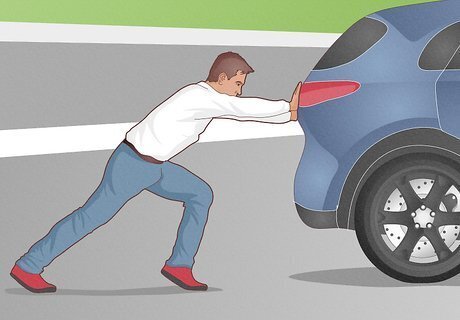
Push-start the vehicle if you have a manual transmission. Enlist a friend to help you push-start the car. Turn the key to the “on” position and press the clutch. Yell out to your friend to push the car. Once you’ve got some speed going, release the clutch and your car should start. Press the clutch back in and give your engine some gas and you’re good to go! This will definitely work with a bad starter, but it could also work with a bad battery. Remember, a car won’t make normal cranking noises if the starter is bad! You need a good bit of speed to start-push a car. Don’t release the clutch until you estimate you’re going 8–10 miles per hour (13–16 km/h).

Jump the battery first if you aren’t 100% positive it’s the starter. If your vehicle cranks (meaning it makes noise) when you turn the key, it’s probably your battery—not the starter. Ask a friend or neighbor to help you jump the vehicle. Connect the negative and positive terminals from the working car’s battery to your battery. Wait a minute for the battery to charge and then try starting it. If the car starts after jumping it, the problem is your battery. You either left a light on when the vehicle was off or you need a new battery. Pro tip:Try to turn your headlights on while you crank the engine. If the lights turn on and the vehicle still won’t start, you 100% have a bad starter. If the lights don’t turn on, the problem is your battery.
Fixing a Damaged Starter
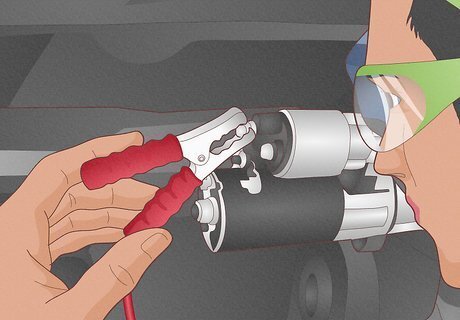
See a mechanic to get your starter repaired or replaced. The starter itself is actually a fairly complicated component. There are temporary solutions you may be able to use, but permanently fixing the starter is likely to involve messing with some electrical wiring. A full replacement the starter involves jacking the vehicle up, sliding underneath, and replacing a sensitive, hard-to-reach component, so you’ll likely need to see a mechanic. If the battery is the problem and it’s not acting up because you left a light on, you’ll likely need to replace the battery soon. If you’re an experienced gearhead and you’re comfortable working on sensitive engine components, feel free to order a replacement and install it yourself.
Potential Issues & Solutions
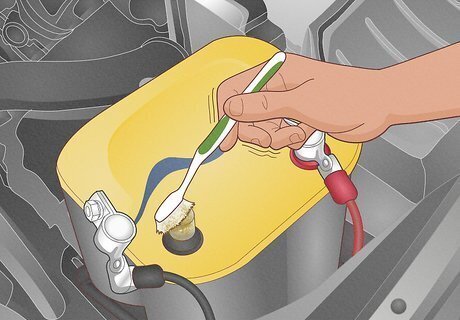
Bad battery connections If your battery terminals aren’t property connected, your vehicle won’t get the charge it needs to start the engine. Terminals can corrode over time as the battery goes bad, or a cable may come lose over time as your vehicle bounces and vibrates on the road over time. Solution: Check your battery. If you notice any dried fluid on the terminals, clean the temrinals with a toothbrush and baking soda. If any cables are loose, reattach and tighten them.
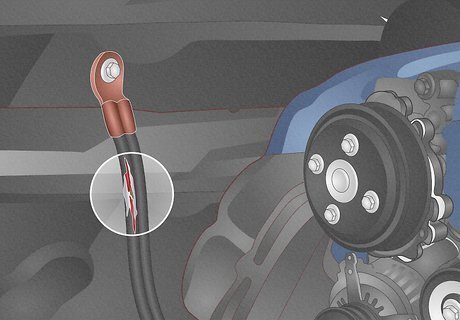
Faulty transmission or engine ground wires Ground wires give excess electrical charge a path to exit a circuit. If your engine or transmission has a bad ground wire, your starter may end up transferring an asymmetrical charge when you try to crank the engine. This can damage the starter or keep your car from starting properly. Solution: Take your car to a mechanic and ask them to take a look inside the wiring of your engine and transmission. They’ll catch any wayward or damaged ground wires.
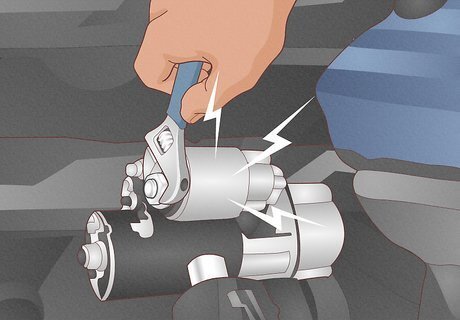
Starter solenoid damage The starter solenoid is an electromagnet that actuates a coil using the energy from your battery when you crank the engine. If the solenoid is damaged or malfunctioning, the energy from the battery won’t properly reach your engine. Solution: See a mechanic if you aren’t comfortable disassembling your solenoid. If you are, remove the starter and unscrew the solenoid from the component. Purchase a replacement and rebuild your starter before putting it back in the engine bay. If your engine smokes when you try turning the key, it’s probably the solenoid getting too hot for the starter.
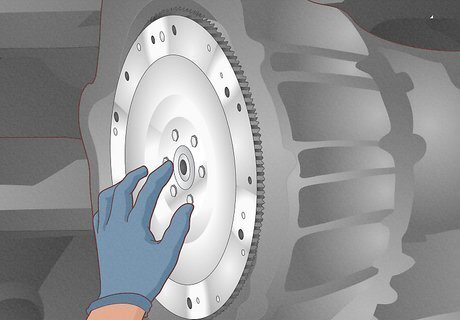
Engine flywheel damage Damaged or missing teeth in the transmission flywheel will make it difficult for your engine to start correctly. Your vehicle may start if the flywheel is damaged, but you’ll smell something burning and you’ll run into intermittent engine problems. Solution: Ask your mechanic to take a closer look at your transmission flywheel. They’ll realign or replace it for you.

Corrosion in the starter If you can tap on the starter with a hammer or block of wood and the vehicle is fine, you had corrosion. This happens naturally over the years as your starter turns on and off. So long as this doesn’t keep happening, it’s probably not a big deal. Solution: You don’t necessarily need to replace the starter right now. However, you should change starters roughly every 100,000 miles (160,000 km), so it may be time to replace it.




















Comments
0 comment